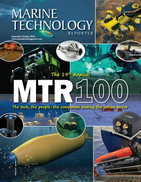Ocean Floor Geophysics Inc. (OFG) has released a new Self-Compensating Magnetometer (SCM) system, designed specifically for autonomous underwater vehicles (AUV).
The magnetic signature of an AUV varies with heading, attitude, motor currents and changing payload configurations. Magnetic surveys using AUVs have been undertaken with either specially configured degaussed or magnetically reduced AUVs or tow magnetic sensors. Both configurations are designed to reduce the magnetic effects of the AUV on the sensor and require the surveyor to compensate for the effects of heading. Both of these approaches have significant operational challenges and complications, especially if other sensor payloads are required or if the vehicle is flying at low altitudes through complex terrain or amongst obstacles.
The OFG SCM provides real-time compensated and corrected three-component magnetic data. The OFG SCM can be installed inside the hull of the AUV or strapped directly to the outside of the AUV body to minimize operational risk and provide compensated three-component magnetic data.
The OFG SCM, with its simple integration, opens up possibilities for AUV operators and AUV systems integrators to use the three-component magnetic data for both in-mission decisions regarding magnetic anomalies (e.g. UXO, pipe and cable tracking, ship signatures, mine countermeasures) and post-mission maps (e.g. archeology, geology, exploration, environmental and geotechnical projects). This is accomplished without the need for a dedicated magnetic survey AUV or an experienced geophysicist to manually remove all of the magnetic vehicle effects.
The OFG SCM system is a combination of a subsea magnetometer sensor, calibration procedure and proprietary software algorithm that computes a suite of correction coefficients and applies them to calculate compensated and corrected magnetic data in real-time. The SCM software can run on an existing AUV payload computer or an OFG supplied processor with optional pressure housing. The system is available in both 100-meter and 6,000-meter depth ratings.
“We have been able to take the post-processing algorithms and technologies, which we have been providing to our commercial AUV survey customers for years, and transform them into a stand-alone real-time sensor for use in AUVs,” said OFG’s CEO, Matthew Kowalczyk.
“The SCM will be very useful to anyone operating AUVs in scientific, military and commercial spaces,” Kowalczyk continued. “The OFG SCM system can be seamlessly integrated into any existing AUV, and can acquire magnetic data simultaneously with other standard AUV sensors, such as sidescan, multibeam, cameras and water chemistry.”
“People often choose to forgo magnetic data due to the added operational complexities of towed systems, even though it is complementary and extremely useful when acquired in conjunction with other standard subsea survey sensors. There are many magnetometer technologies available; they cover a spectrum from extremely sensitive but difficult to deploy SQUIDs through to Hall Effect sensors that are simple to deploy but not sensitive enough for survey applications,” Kowalczyk said. “At the risk of belaboring the point, a towed SQUID magnetometer will likely get you the best magnetic data possible, but the operational challenges of keeping a Dewar flask of liquid nitrogen full underwater precludes this as a practical solution.”
“The OFG SCM system fills a gap in the market and turns any AUV into an excellent magnetic survey platform without the need to degauss the AUV, characterize the AUV’s magnetic signature, tow a magnetometer or engage experts to back out the heading and attitude errors of the vehicle.”
• 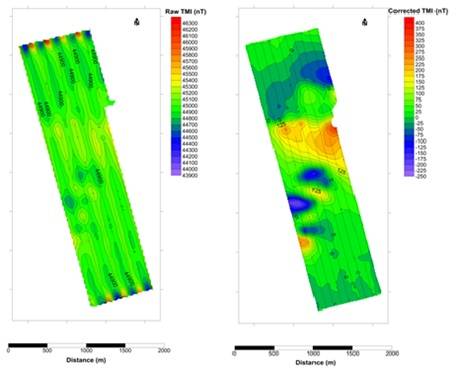

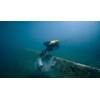

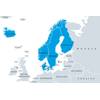
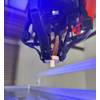
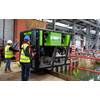
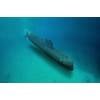







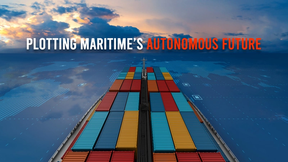
 August 2024
August 2024


